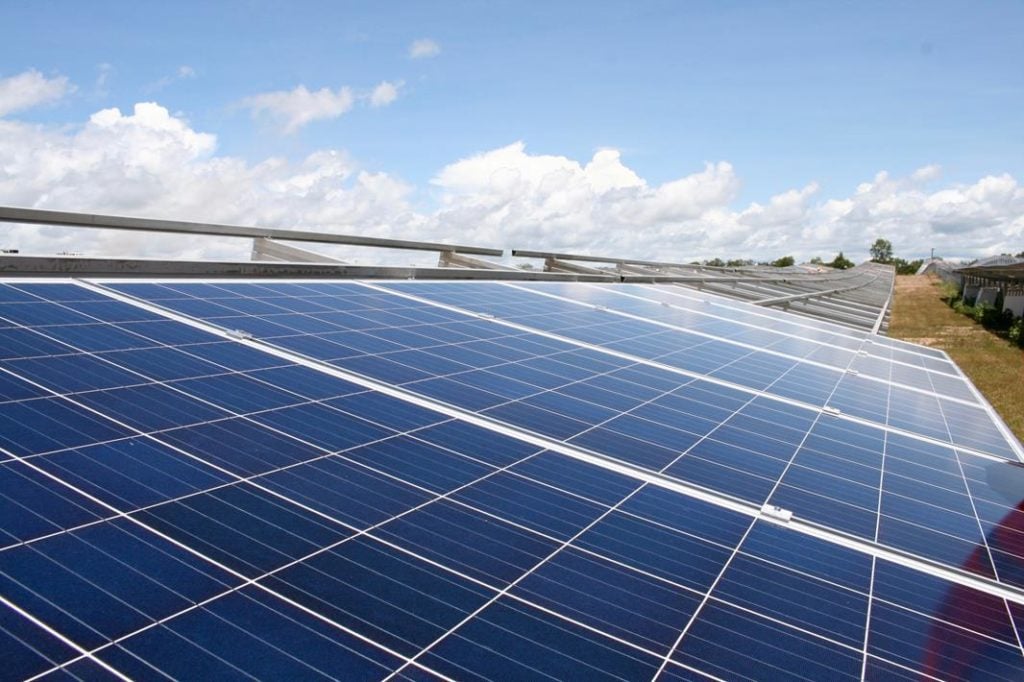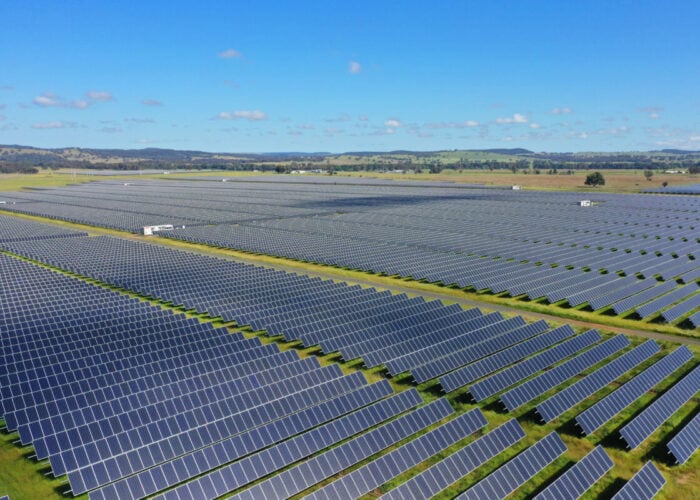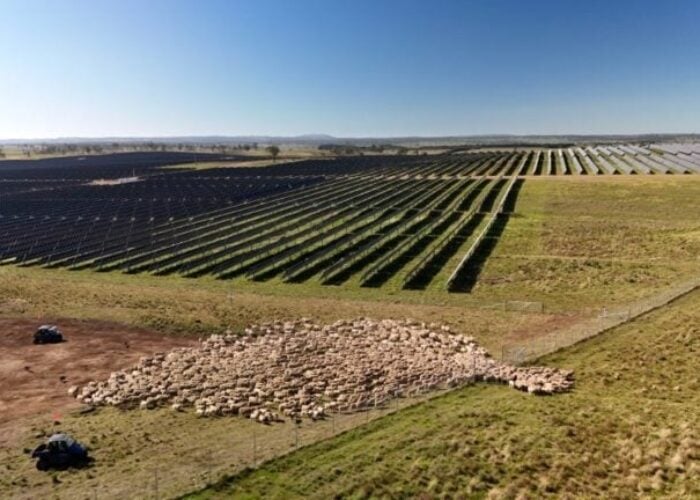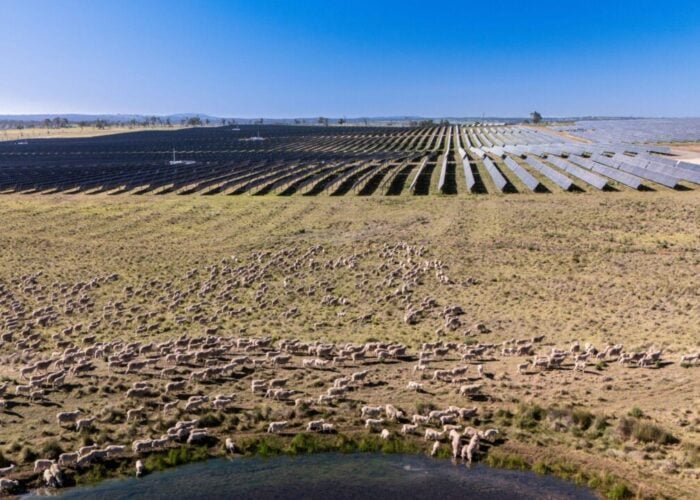
The Australian Renewable Energy Agency (ARENA) has committed over AUS$3.2 million (US$2.08 million) in funding to PV Lighthouse and Built Robotics Australia to help develop ultra-low-cost solar.
PV Lighthouse secured AUS$1.97 million to support the development of its SunSolve Yield technology, which aims to improve yield forecasting for utility-scale solar projects. The funding was announced by the software provider a couple of weeks ago, when founder and CEO Keith McIntosh spoke with PV Tech about the company’s proposition to help remove “guesswork” and simplify project development and design with its 3D digital twin tool.
Unlock unlimited access for 12 whole months of distinctive global analysis
Photovoltaics International is now included.
- Regular insight and analysis of the industry’s biggest developments
- In-depth interviews with the industry’s leading figures
- Unlimited digital access to the PV Tech Power journal catalogue
- Unlimited digital access to the Photovoltaics International journal catalogue
- Access to more than 1,000 technical papers
- Discounts on Solar Media’s portfolio of events, in-person and virtual
Or continue reading this article for free
ARENA confirmed its commitment on Wednesday (31 July). It will enable PV Lighthouse to accelerate software development by expanding its team with new researchers and programmers.
McIntosh said the product enables developers “to rapidly calculate factors such as structures and modules with SunSolve, giving them greater confidence in their forecasts – a key advantage when negotiating project financing”.
Built Robotics Australia has received AUS$1.3 million to help progress its autonomous piling robot project, an Australian market first that will automate the pile-driving processes associated with constructing utility-scale solar farms. Methods currently in place have been deemed “labour and time intensive”, ARENA said.
The design and piloting of first and second-generation prototype robots have the potential to reduce piling time and labour costs by approximately 82% and 88%, respectively, increasing installation efficiency and safety.
Paul Kelly, general manager and vice-president of business development at Built Robotics, believes Australia remains a “technology hub for renewable energy”, adding that the organisation is “honoured” to be working with ARENA to invent better ways to build solar projects.
ARENA CEO Darren Miller said both projects will help improve solar PV technology, making it more efficient and quicker to deploy. This will help realise Australia’s renewable energy future sooner.
“Ultra low-cost solar is Australia’s key to achieving the renewable energy transition and reaching our net zero goals. Automation and efficiency are both leading tools in driving down costs. Both projects are exploring innovative approaches to doing just this,” Miller said.
“These are groundbreaking projects using cutting-edge technology to enhance Australia’s solar PV manufacturing and energy generation.”
Projects an example of ideas to be supported via the Solar ScaleUp Challenge
According to ARENA, these projects have been referenced as the type the organisation wants to support via the AUS$100 million Solar ScaleUp Challenge initiative, which opened on 19 June 2024, and ARENA administers.
The initiative invites professionals from across the international solar landscape, such as financiers, solar customers, engineers, and developers, to break down barriers to installing, operating, and maintaining solar PV projects.
This will also enable ARENA to work towards its vision for ultra-low-cost solar, arguing that a ‘30-30-30’ approach to solar, representing 30% solar module efficiency and an installed cost of 30 cents per watt by 2030, could help Australia become a renewable energy superpower. This would mean achieving a levelised cost of electricity below AUS$20 per megawatt hour by 2030.







